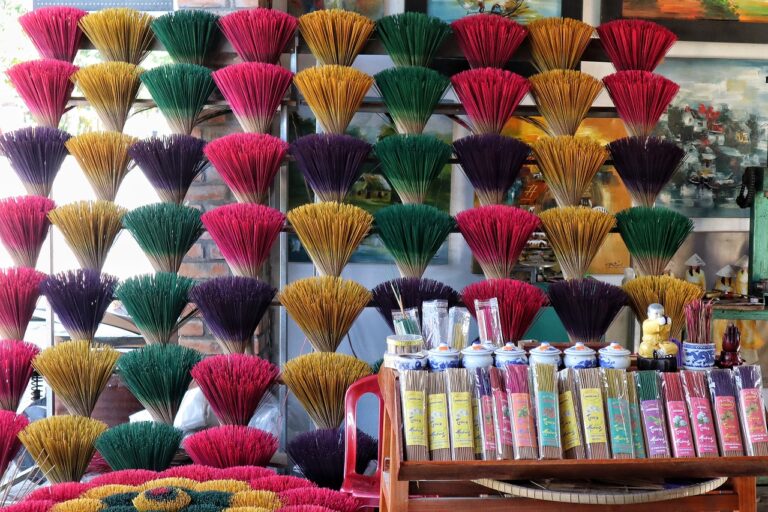Shopping for Sustainable Fashion: Tips for Building a Conscious Wardrobe
Whether you are new to the world of sustainable fashion or a seasoned eco-conscious consumer, researching sustainable fashion brands is essential in making informed purchasing decisions. With the increasing number of companies claiming to be eco-friendly, it can be challenging to discern which brands truly adhere to sustainable practices. To start your research, delve into the brand’s transparency regarding their supply chain, production processes, and environmental initiatives.
Look for certifications and accreditations that validate a brand’s commitment to sustainability, such as certifications from organizations like Fair Trade Certified, Global Organic Textile Standard (GOTS), or Bluesign. These certifications can serve as indicators of a brand’s ethical and environmentally responsible practices. Additionally, explore the brand’s website and social media channels to learn more about their sustainability efforts, partnerships with ethical organizations, and any initiatives they have taken to reduce their environmental impact.
Understanding Sustainable Fashion Materials
When it comes to sustainable fashion materials, organic cotton is a popular choice due to being grown without harmful pesticides. It promotes healthier soil and uses less water compared to conventional cotton. Additionally, Tencel, a type of rayon made from sustainably sourced wood pulp, boasts a closed-loop production process that minimizes environmental impact.
Another noteworthy sustainable material is recycled polyester, which helps divert plastic waste from landfills and oceans. By using recycled PET bottles to create new fibers, this material reduces the need for virgin polyester production and conserves resources. Furthermore, hemp is gaining recognition for its durability and minimal need for pesticides or water, making it an eco-friendly alternative for clothing and accessories.
Tips for Identifying Greenwashing in Fashion
When seeking to spot greenwashing in the fashion industry, it’s crucial to look beyond attractive marketing tactics. Pay close attention to the actual materials used in the products. If a brand claims to be sustainable but fails to provide transparent information about its sourcing and production processes, it could be a red flag. Look for specific details about where and how the garments were made, as well as the impact these practices have on the environment.
Another common greenwashing strategy is vague or misleading labels and certifications. Just because a garment has a “natural” or “eco-friendly” tag doesn’t necessarily mean it’s truly sustainable. It’s essential to research the credibility of these certifications and labels. Seek out third-party certifications from reputable organizations that have strict criteria for sustainability. Look for clear and specific information on the brand’s website regarding their certifications and what they entail.
What should I look for when researching sustainable fashion brands?
When researching sustainable fashion brands, look for certifications such as GOTS or Fair Trade, transparency in their supply chain, and a commitment to environmentally friendly practices.
How can I understand different sustainable fashion materials?
Understanding sustainable fashion materials involves researching their impact on the environment, considering factors such as water usage, chemical usage, and biodegradability. Look for materials such as organic cotton, Tencel, and recycled polyester.
What are some tips for identifying greenwashing in fashion?
Some tips for identifying greenwashing in fashion include looking for specific and measurable claims, questioning vague or misleading marketing language, researching the brand’s track record on sustainability, and seeking third-party certifications.







